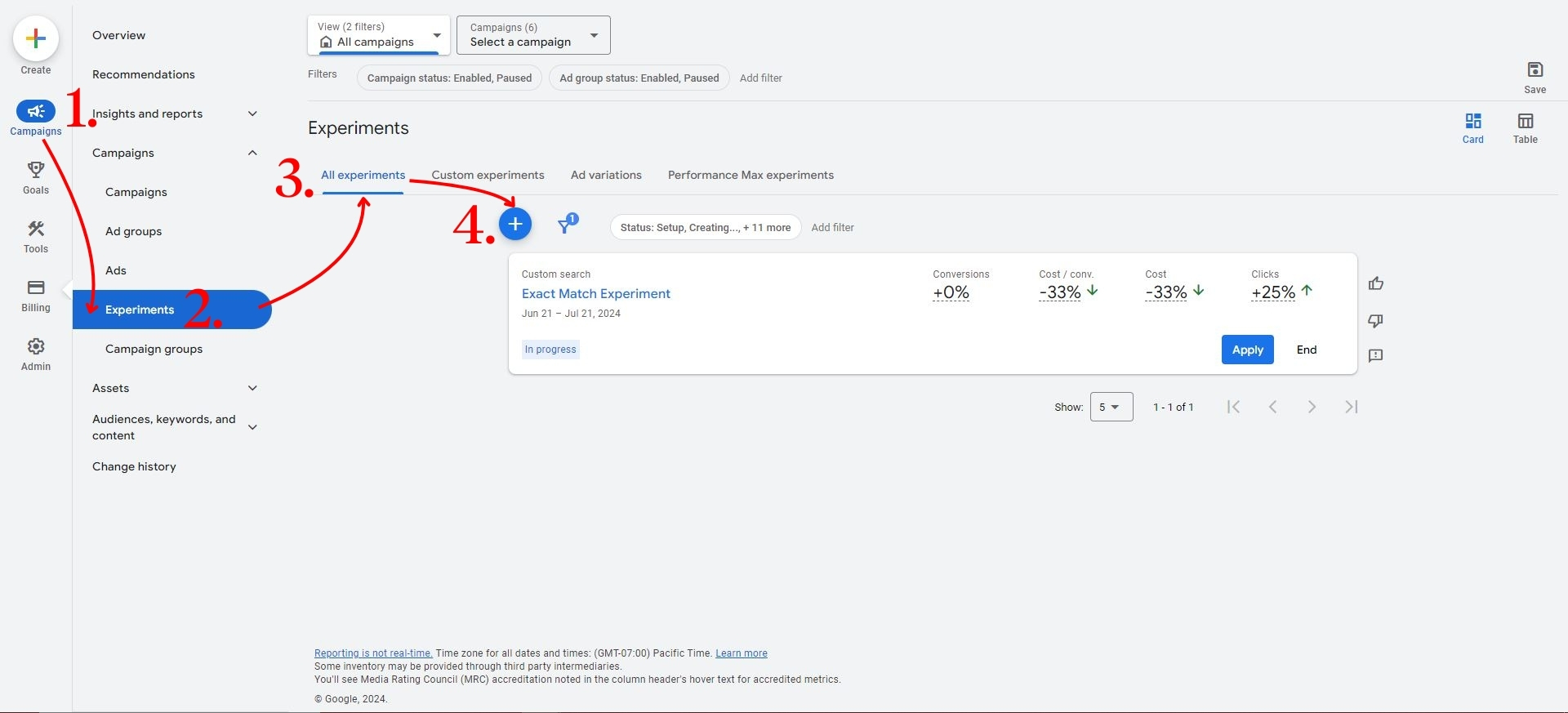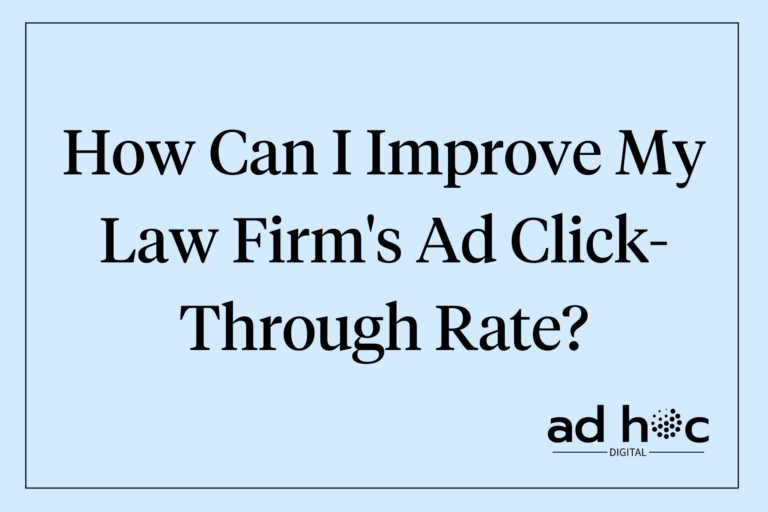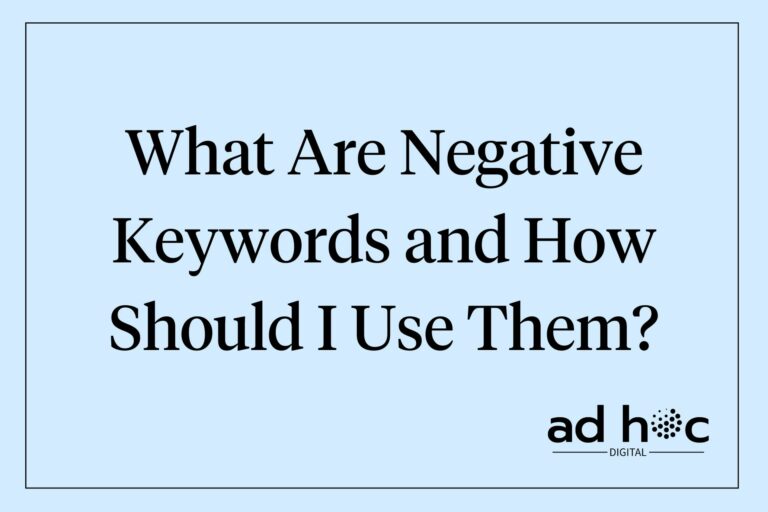A/B testing is a powerful method used in digital marketing to optimize ad performance by comparing two versions of an ad to see which one performs better. In the context of Google Ads, A/B testing helps you make data-driven decisions that can enhance your law firm’s ad effectiveness, reduce costs, and improve overall campaign performance. This detailed guide will explain what A/B testing is, how it works, and why it’s beneficial for your Google Ads campaigns.
For deeper insights into building successful campaigns, explore effective Google Ads strategies tailored for lawyers.
Understanding A/B Testing
Definition
A/B testing involves creating two versions of an ad, differing in one key element, and running them simultaneously to see which performs better. This method allows marketers to isolate and test the impact of specific changes.
How It Works
The process of A/B testing includes:
- Identifying the element to test (e.g., headline, description, CTA).
- Creating two versions of the ad (version A and version B) with the only difference being the element you want to test.
- Running both versions simultaneously to your target audience.
- Measuring and analyzing the performance of each version to determine the better-performing ad.
Types of A/B Tests
Common variations you can test in Google Ads include:
- Ad Copy: Testing different headlines, descriptions, or CTAs.
- Keywords: Testing different sets of keywords.
- Landing Pages: Comparing the performance of different landing pages.
- Ad Extensions: Evaluating the impact of various ad extensions.
Benefits of A/B Testing for Google Ads
Improved Ad Performance
A/B testing allows you to pinpoint the most effective elements of your ads, enabling you to optimize your campaigns for superior performance. By comparing different versions of your ad copy, images, headlines, and calls-to-action, you can determine which combinations resonate most with your audience.
This results in higher click-through rates (CTR), increased conversions, and a better return on investment (ROI). For instance, you might discover that a specific headline drives more clicks or that a particular call-to-action results in more conversions, allowing you to refine your ads for maximum impact.
Cost Efficiency
By identifying the best-performing ads, A/B testing helps you allocate your budget more efficiently, minimizing waste on underperforming ads and maximizing your ad spend effectiveness.
When you know which ads yield the best results, you can focus your budget on those high-performing variations, ensuring that every dollar spent contributes to your campaign goals. This strategic allocation of resources not only reduces unnecessary spend but also enhances the overall cost-effectiveness of your advertising efforts.
Data-Driven Decisions
A/B testing provides solid data on what works and what doesn’t, allowing you to make well-informed decisions about your ad campaigns based on actual performance metrics rather than guesswork.
This empirical approach helps you understand your audience’s preferences and behaviors, enabling you to tailor your ads to meet their needs more precisely.
For example, if data shows that users prefer a certain style of ad copy or imagery, you can incorporate these preferences into future campaigns, continuously improving your ad effectiveness based on real-world feedback.
Without data, decisions are driven purely by emotion, and when you’re spending thousands on advertising each month, you simply cannot afford such irrationality.
Enhanced User Experience
Through A/B testing, you can refine your ads to better engage and satisfy users, leading to higher conversion rates and a more positive interaction with your firm. By testing different elements and optimizing based on user responses, you can create ads that are not only more appealing but also more relevant to your target audience.
This enhanced relevance can lead to increased user trust and loyalty, as users are more likely to engage with ads that resonate with their needs and interests. Ultimately, this improved user experience can translate into higher satisfaction rates and stronger long-term relationships with your audience.
For more on the importance of optimizing ad performance, see Google Ads quality score for lawyers.
Setting Up A/B Testing for Google Ads
Choosing What to Test
Identify the elements of your ads that you want to test. This could be headlines, descriptions, CTAs, keywords, or landing pages. Focus on elements that you believe will have the most significant impact on performance.
Creating Variations
Develop different versions of the chosen elements. For example, if you’re testing headlines, create two ads that are identical except for the headline.
Running the Test
Implement the test in Google Ads by creating an experiment or splitting your ad groups. Ensure both versions are shown to a similar audience size to obtain reliable results.
Monitoring and Analyzing Results
Track the performance of each version over a specified period. Key metrics to monitor include CTR, conversion rate, and cost per click (CPC). Analyze the data to determine which version performed better.
For more on tracking performance, visit tracking Google Ads performance for lawyers.
Practical Steps for Setting Up an A/B Test in Google Ads:
- Log into Your Google Ads Account:
- Navigate to the campaign you want to test.
- Create an Experiment:
- Go to the “Experiments” section.
- Click on “All experiments” and click on the plus sign.
- Select the experiment type, in this scenario I would recommend ‘Custom Experiment’
- Name your experiment.
- Set the Split Percentage:
- Decide how much of your traffic you want to allocate to the experiment (e.g., 50/50 split).
- Define the Variations:
- Create the variations of your ads (e.g., different headlines).
- Ensure each ad variation is set up correctly under the experiment.
- Launch the Experiment:
- Start the experiment and monitor its progress.
- Track Performance:
- Use Google Ads reporting tools to compare the performance of each variation.
- Look at key metrics like CTR, conversion rate, and CPC.
- Analyze Results:
- After a sufficient period, analyze the data to see which version performed better.
- Make decisions based on statistically significant results.

Best Practices for A/B Testing
Testing One Variable at a Time
Isolate the variable you are testing to ensure that any performance changes are due to that specific element. Testing multiple changes at once can lead to inconclusive results.
This is one of the most important principles of A/B testing. If you make more than one change at a time then you won’t know which variable led to the change in result, and ultimately how much impact it had on it.
The only circumstance in which I would recommend changing more than one variable is if the ads are performing terribly. If nothing is working at all, it doesn’t make sense to slowly iterate.
Sufficient Test Duration
Run your tests long enough to gather meaningful data. The duration depends on your ad’s traffic volume, but a general rule is to run tests for at least one to two weeks.
The longer you run the test the better because the data will be more representative of reality.
Using Control Groups
Set up control and experimental groups to compare the performance of the tested element against the original version.
- Note: if you are using Google’s experiments feature this makes it really easy to do.
Analyzing Results Accurately
Ensure you have enough data to make a statistically significant conclusion. Small sample sizes can lead to misleading results.
Before running the test you should have an idea of what sample size is enough to make a conclusion. Whether that is an amount of conversions, clicks or spend, you need to define it.
Iterating Based on Results
Make changes based on your findings and continue testing to further refine your ads. A/B testing is an ongoing process that can continually improve your ad performance.
It is unlikely that you will stumble across the perfect ad combination on your first iteration. Usually it is a long term process with small increases over time.
Just because the improvements are small at times, this doesn’t mean they are insignificant. Often times they compound on each other creating huge positive impacts in the long term.
Common Mistakes to Avoid
Ignoring Seasonality
Consider external factors like seasonality that might affect your test results. Run tests during stable periods to obtain more consistent data. External factors such as holidays, seasonal trends, or economic conditions can impact ad performance.
For instance, running a test during the holiday season might not give you results that are applicable year-round. Plan your tests during periods of stable traffic to avoid skewed data. If seasonality is unavoidable, conduct multiple tests over different times of the year to account for these fluctuations.
Failing to Monitor During Tests
Regularly check on your tests to ensure they are running smoothly and to make any necessary adjustments. Neglecting tests can result in missed opportunities for optimization. Continuous monitoring is key to successful A/B testing.
Regularly check your campaigns to ensure they are running as expected and gather interim data. This helps in spotting any issues early, such as one ad variation not receiving enough impressions due to budget constraints or errors in ad delivery. Regular monitoring allows you to make timely adjustments and ensures that the test conditions remain valid throughout the experiment.
Case Studies and Examples
Successful A/B Testing Campaigns
Example 1: A personal injury law firm we worked with tested two different CTAs in their ads. The version with the CTA “Get a Free Consultation” outperformed “Contact Us Today,” resulting in a 20% increase in CTR and a 15% increase in conversions.
Example 2: A family law firm we worked with tested two landing pages. The landing page featuring client testimonials and a detailed service overview had a significantly higher conversion rate than the basic landing page, leading to a 25% improvement in lead generation.
Conclusion
A/B testing is a valuable method for optimizing your Google Ads campaigns. By systematically testing and analyzing different elements of your ads, you can make data-driven decisions that improve ad performance, enhance user experience, and increase ROI. Implementing best practices and avoiding common mistakes will ensure that your A/B testing efforts are successful.
If you found our content valuable, consider subscribing to our newsletter for weekly updates on resources.
If you would like to work with us, or want more information about our services, fill out the form below and we’ll contact you soon!



